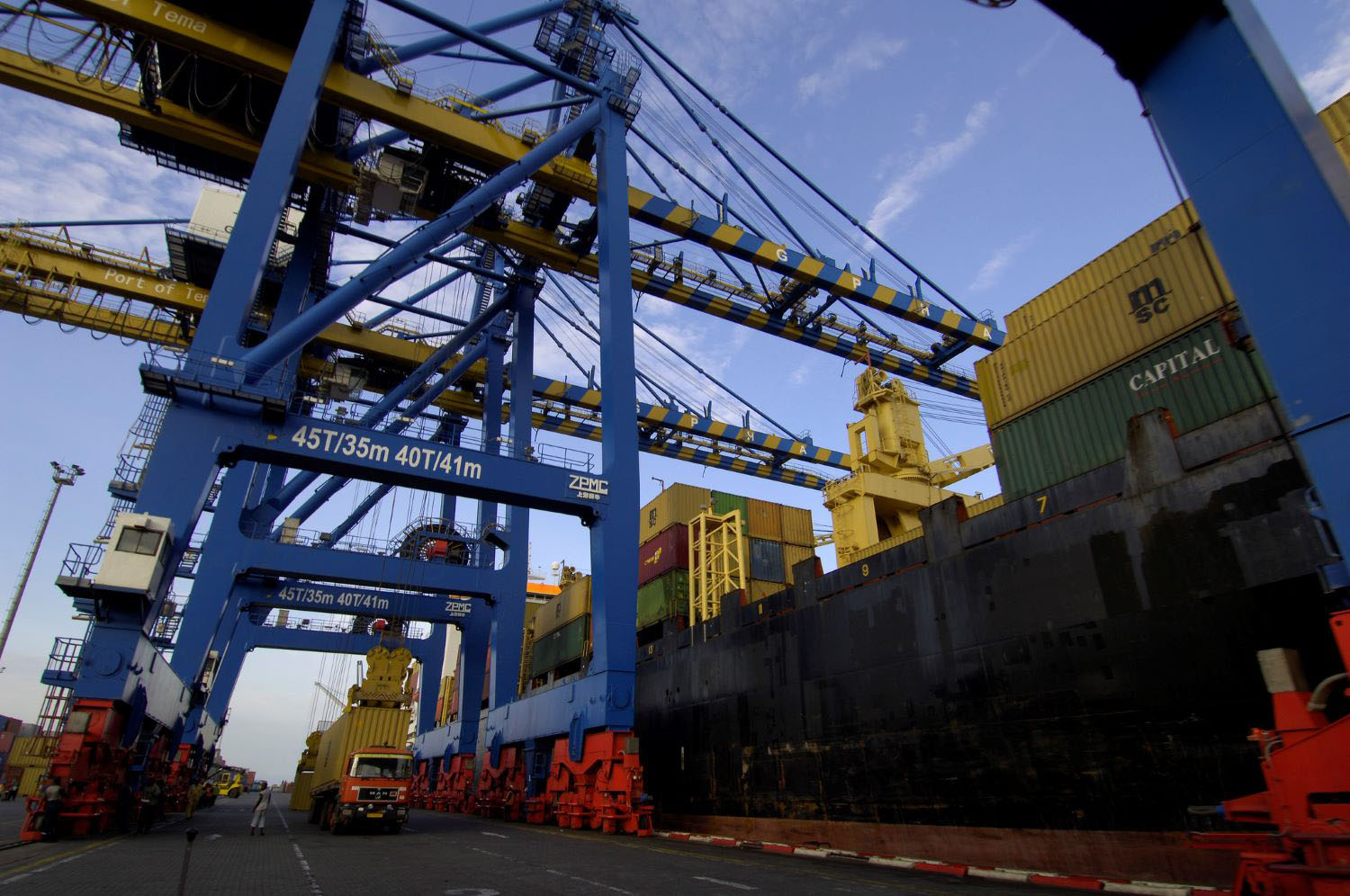By
April 23, 2010
This is a joint post with Christopher Ksoll.Since the volcanic eruption in Iceland on April 14th, we have been inundated with stories about flight disruptions. Demi Moore can no longer travel to the premiere of her new movie in London. The opening of “Iron Man 2” has been moved from Europe to Los Angeles. Millions of passengers have been stranded in the US, Europe, Africa and Asia, as airports from Manchester to Munich to Milan were closed. And now the International Air Transport Association (IATA) is urging European governments to find ways to “compensate” the airlines for over USD$ 1 billion in lost revenues. Yes, the volcano has brought international travel to a standstill, resulting in billions of dollars in losses for the airline industry, tourism and trade in the US and Europe. But very little of this discussion has focused on what this shock means for developing countries, and more specifically, those countries that produce perishable goods for export to Europe.The Kenyan flower industry is a good example. Ranked 147th (out of 182) on the UN’s Human Development Index, approximately 75 percent of the Kenyan population engages in traditional agriculture. The flower industry, however, is one of the recent success stories in non-traditional agriculture in Africa. While Kenya has produced flowers since the late 1960s, the industry has become one of the leading exporters of cut flowers over the past decade, overtaking traditional leaders Israel, Colombia and Ecuador and growing by 24 percent per year. With revenues of more than $USD 250 million per year, the flower industry is the second largest foreign-currency earner for Kenya – second only after tea. As a fragile and highly perishable commodity, flowers are hand-picked, kept in cool storage and then packed and transported in refrigerated trucks before being exported. Kenya supplies about 90 percent of its produce to the EU, representing about 25 percent of the EU market.What do these disruptions mean for the Kenyan flower industry and the welfare of poor Kenyans? More than 3,000 tons of flowers have already been thrown away, and exporters of flowers, fruits and vegetables are losing an estimated USD$3 million per day. Equally important is the impact upon labor: It is estimated that thousands of the 55,000 men and women employed by the sector have been temporarily laid off, representing an important source of income for rural households. According to the Fresh Produce Exporters Association of Kenya, the situation is worse than after the 2007 elections, when firms located in violence-affected regions experienced a 38 percent drop in export volumes and revenues as compared to non-affected firms, mainly due to missing workers and transport problems. While larger firms with more reliable contracts were able to better withstand these shocks, the violence was still an important shock to the industry.The “simple” solution, some would say, would beto export the flowers someplace else. But there isn’t much local demand for flowers in Kenya, and diverting the flowers to another country in the region or Asia isn’t so easy. So instead, flowers are destroyed, people stop working and everyone waits. Exporters hope that the Kenyan government will help defray the costs of organizing special cargo flights to ship out produce.The impact of such shocks – both political and natural -- on the Kenyan flower industry raises larger questions about international trade as a poverty-reducing strategy in Africa. Economic theory teaches us that trade should lead to net welfare gains, which is one of the reasons why export-diversification is often cited as a key strategy in developing countries. But globalization can also open up countries such as Kenya to substantial risk – risk that can have disastrous consequences for firms and workers if the industry can’t recover, or if there isn’t an alternative strategy.The recent disruption doesn’t mean that countries as diverse as Kenya, South Africa or Guatemala should avoid export-oriented agriculture as a potential mechanism to promote economic development. But these experiences remind us that a successful agricultural export-driven strategy needs a few key elements:
- Steady demand is important. Some export-oriented industries in the agriculture sector have failed in Africa simply because they focus on products with highly volatile demand on the international markets (think of coffee, cotton, and sesame). Flower demand is definitely cyclical (following the big holidays in the US and EU) but still fairly constant all year long, allowing Kenyan exporters to prepare their supply chains accordingly.
- Diversification matters. Very few flower firms export outside of Europe, and almost 70 percent of exports are exported through Holland alone. This places a high degree of risk on the Kenyan flower industry whenever there is a drop in demand in key markets. While it is costly to start operating in new markets (Japan, Middle East), combining a diverse set of export markets might lead to less volatile demand. Firms that currently also export directly to Spain, the Middle East or Asia will have been much less affected.
- Intra-industry coordination groups play a role. When faced with major disasters, industry coordination really matters. The Lake Naivasha Growers Group set up a camp for displaced workers to shelter workers from harm during the political violence. Intra-industry contacts and groups could play a role of coordinating logistics to hire cargo planes.
- Vertical integration can better withstand large shocks… Having vertically integrated firms – from production to picking to transport to sales – allowed the industry to bounce back quickly after the election violence, and could allow the industry to bounce back after this recent shock.
- But it also means that the market is concentrated in the hands of a few firms. Growing, storing, transporting and selling in the international flower markets requires high fixed and variable costs. While there are approximately 120 flower firms in Kenya, a handful of these control more than one third of the market. These firms are creating jobs for tens of thousands of Kenyans, and represent an important benefit to the Kenyan economy. At the same time, cooperatives of smaller growers and small and medium enterprises (SMEs) can and should be encouraged.
Disclaimer
CGD blog posts reflect the views of the authors, drawing on prior research and experience in their areas of expertise. CGD is a nonpartisan, independent organization and does not take institutional positions.





